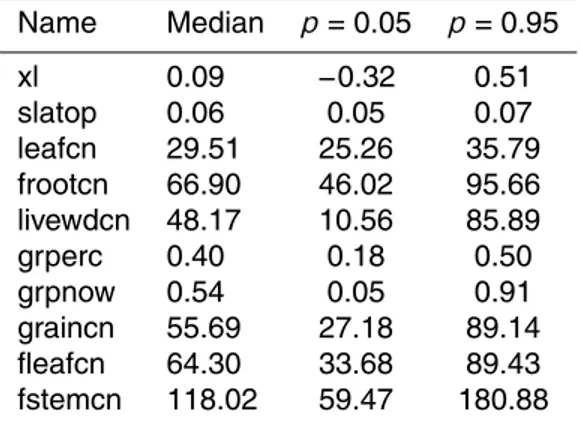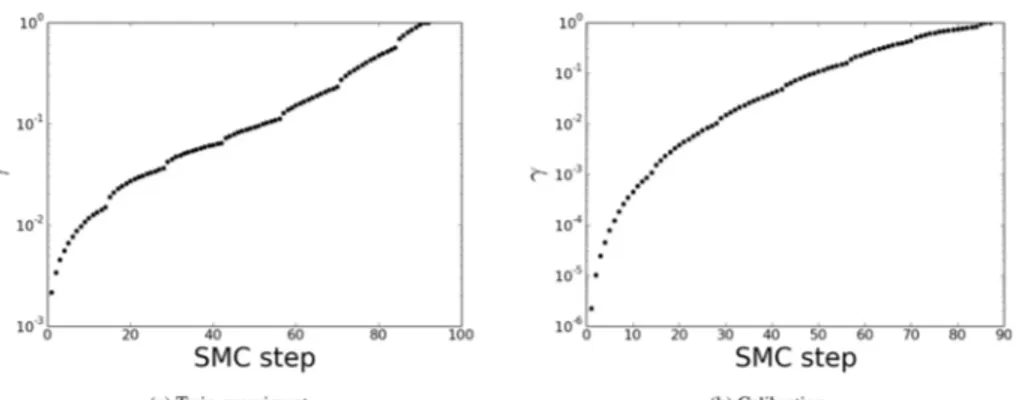Crop physiology calibration in CLM
Texto
Imagem




Documentos relacionados
Sediments were collected at each station and sub-samples were separated for the determination of organotin compounds, organic carbon, grain size, pH and redox potential (E H ),
Grain refi ning mechanism of a carbon addition method in an Mg-Al magnesium alloy. Reply to comments on “Grain refi ning mechanism of a carbon addition method in an Mg-Al
Results of multiple linear regression between leaf litter characteristics and the soil organic carbon stock in particulate organic carbon and mineral- -associated carbon fractions
Crop residues (above and below ground) are the pri- mary source of carbon input in the soil carbon pool but crop rotation can also impact the plant biomass returned to the
Total organic carbon (TOC), particulate organic carbon (POC) and carbon in the light organic matter (CLOM) in different depths of a typic Quartzipsamment under a sugarcane crop and
The effects of the treatments on the crop were evaluated through the growth variables: stem diameter (SD), plant height (PH), number of leaves (NL) and leaf area (LA) at 53 and 108
The basic density of the wood, stem volume with and without bark and dry biomass, accumulated carbon, assimilated carbon dioxide and estimated energy for each shoot component
Carbon and nitrogen stable isotope ratios of aquatic consumers in Polo Stream indicated that mangrove-derived carbon (likely in the form of detritus) is the most important carbon





